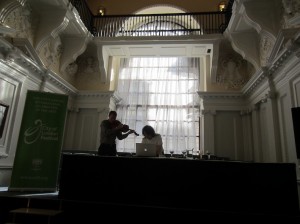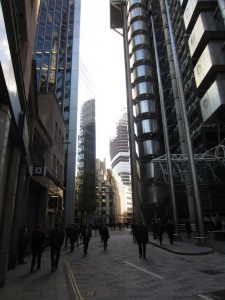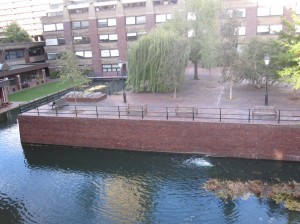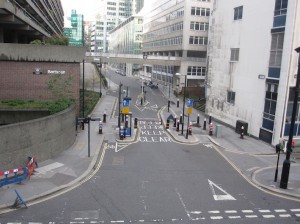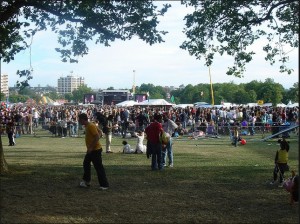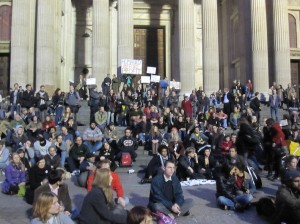Money and Music
Festivals, ‘a must’ for cities
Festivals have become almost ‘a must’ for cities in their competition for attention and position on global city rank orders. The ‘City of London Festival’ has completed its first half century of existence last year and has established itself firmly as a prominent city festival. (City of London Festival 2013m 23 June – 26 July).
For the last eight years, the City of London Festival has been curated by Ian Ritchie, an art manager of long standing. His love and knowledge of music and his imaginative way of opening music up to those who work, live and visit the City has added to the festival’s international standing. www.colf.org/
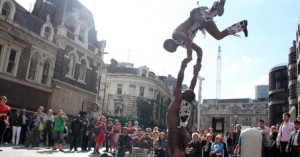
2_dia City of London Festival, source: http://www.bachtrack.com/images/concertfinder/gillian_weir.jpg
Walled cities, conflict resolution, trees, and Trading Places
In the words of Lord Mayor Sir Frederick Hoare, the initiator of the festival in 1962, “…despite (that) the City of London is better known … for its material efforts … this festival is …. trying to … release man for a while and remind him that there are other things than those material…” Nevertheless, the festival reinforces its on-going ‘Trading Places” theme which links the City “…culturally and commercially with its historic partners overseas…”
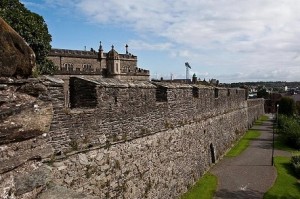
3_dia Londonderry walls, source: http://www.discoveringplaces.co.uk/day-17-northern-ireland-the-republic-of-ireland
This year, a special link is established with Northern Ireland’s Derry-Londonderry, 2013 city of culture, under the theme of ‘walled cities’. Utrecht, Dubrovnik, Berlin, Vienna, Nicosia and Jerusalem are the other walled cities included in a specifically commissioned song cycle which symbolises life, freedom, nourishment, environment, building and peace, linked to the other two themes of the festival, ‘conflict and resolution’, and ‘trees’, the latter continuing the themes from previous years of bees, birds and flowers.
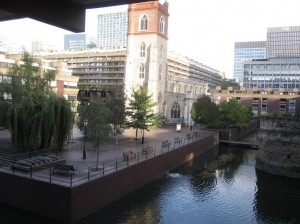
4_dia City of London’s many walls, Roman wall remains in the Barbican, and Barbican as walled estate, photo Judith Ryser
Nature in the city
These latter themes relating to nature are intriguing in view of the relentless densification of the City of London, where skyscrapers are rivalling with each other’s heights, regardless of recession, filling every possible square inch on the ground and sometimes above it with air rights, casting shadows onto each other, preventing sunlight from reaching the streets and creating drafts.
What remains spared are the many churches, sometimes with small graves yards where birds, flowers and bees and perhaps now trees can continue to survive, unlike the pop up mobile orchard with real and manufactured trees planned to appear throughout the festival at different locations.
Festivals for all
As every year, the festival will colonise the many splendid buildings of the City, its churches, livery halls, seats of government and cultural venues. As every year it will spill out onto the streets for many to enjoy the Festival’s art offers for free.
Yet, ‘the ring of steel’, the modern wall of the City remains a strong boundary of the city, reminding those who enter it of its difference, its powers retained from medieval times, its own destiny. The world class artists attracted to the festival may intimidate some potential visitors as perhaps a little high brow and not for them. London as a whole is certainly benefiting from this summer festival which extends to some events during the winter months. Music is an important contributor to the creative economy in London, not least due to other regular, long standing and world famous events like the BBC Proms, the world famous opera houses, the rich concert calendar of the South Bank, the open air concerts at Kenwood house and many more. It should not be forgotten though that music.
Dance and other art forms also thrive from the bottom up among London’s diverse communities, at local cultural festivals such as Ede, the Chinese new year celebrations, the brass music on the band stands in the public parks, celebrations of local customs, and the many spontaneous events performed on London’s streets and parks, contestations as well as celebrations.

